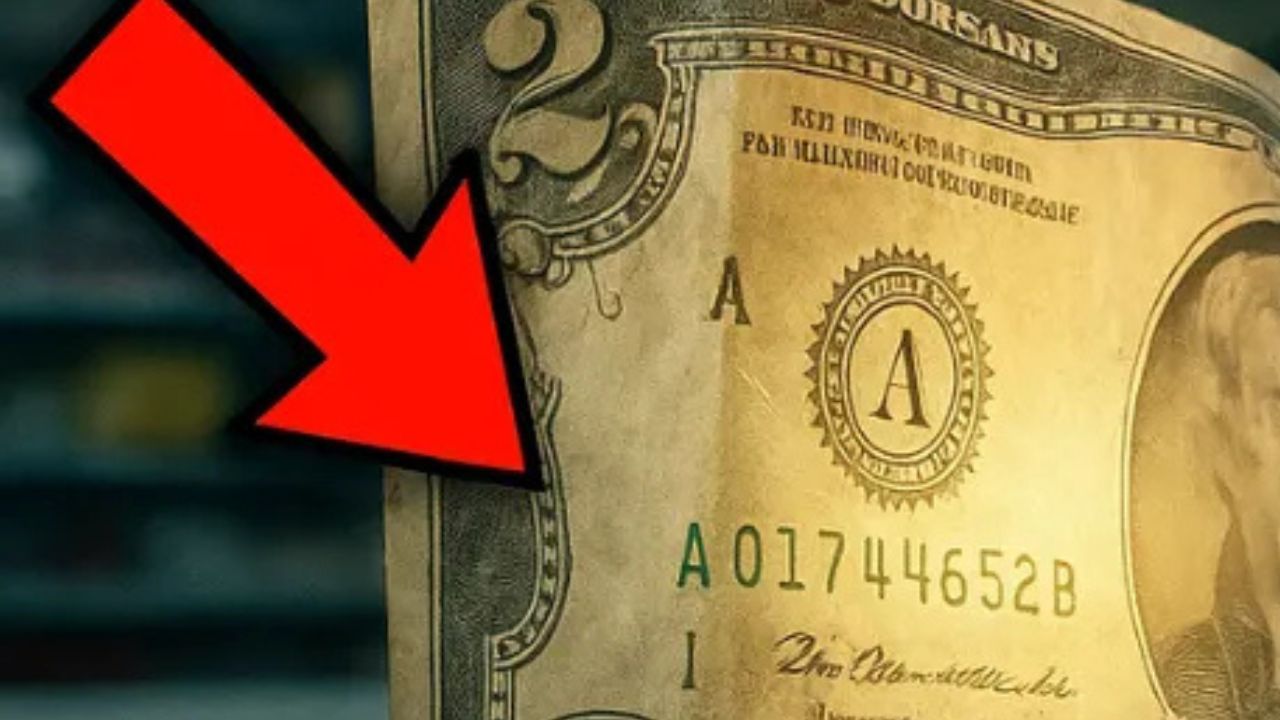Imagine getting a $2 bill as change during a routine gas station stop—only to later discover it’s worth more than $2.6 million. It may sound like fiction, but this real-life story out of Texas proves that valuable currency treasures can still be hiding in plain sight.
A Simple Gas Station Stop Turns into a Million-Dollar Surprise
In a small Texas town, a customer filled up their tank and paid with cash. Among the change was an ordinary-looking $2 bill. But something about it seemed unusual. The paper felt different, and the design looked aged yet crisp.
Instead of ignoring it, the curious customer showed the note to a currency expert—who was stunned. It turned out to be a rare 1890 $2 Treasury Note, one of the most sought-after bills in U.S. history.
Why This $2 Bill Is Worth $2.612 Million
The bill belongs to a legendary series of notes known as the “Grand Watermelon” series. These earned their nickname from the large, oval-shaped zeros on the reverse side that resemble watermelons.
Most of these historic notes were destroyed long ago, and only a small handful remain in circulation or private collections. This particular bill’s exceptional condition and unique serial number make it even more valuable. A similar note once fetched over $2 million at auction. Experts estimate this recent find could be worth up to $2.612 million or even more.
Collectors Are Buzzing with Excitement
The discovery has sparked major excitement among numismatists (paper money collectors). Many compare it to winning the lottery without a ticket. Social media and collector forums lit up as news of the rare bill spread.
As a result, people across the country have started rummaging through drawers, books, and old wallets—hoping they too might stumble upon a forgotten treasure worth millions.
Are $2 Bills Still in Circulation?
Yes, the U.S. government still prints $2 bills, but they’re rarely used. Many Americans see them as odd or outdated, and some businesses even hesitate to accept them. This has led to $2 bills being stored away, gifted, or forgotten—rather than circulated like other denominations.
However, not all $2 bills are valuable. It’s the rare versions—like those from the 1800s, or those with unique features—that can be worth serious money.
How to Identify a Rare or Valuable $2 Bill
If you’ve got a few $2 bills lying around, here’s what to look for to determine if one might be worth far more than face value:
- Series Year: Bills from 1890 or 1928 are especially rare.
- Condition: Uncirculated notes (no creases, folds, or stains) command higher prices.
- Serial Numbers: Unique or low-digit serial numbers increase value.
- Printing Errors: Misprints, ink smears, or alignment issues are highly collectible.
- Seal Type: Notes with red seals or star symbols are often worth more.
- Treasury Notes: Limited-run notes like the “Grand Watermelon” series are extremely valuable.
Understanding the “Grand Watermelon” Treasury Notes
The Grand Watermelon note isn’t just rare—it’s iconic. Issued as part of an 1890 Treasury Note series, it earned its name from the back design featuring large zeros that resemble watermelons.
These notes were used during a time of economic transition in U.S. history and have since become one of the most famous and expensive U.S. banknotes. Their scarcity, artwork, and historic value make them the ultimate prize for collectors.
Lessons from the Gas Station Windfall
This remarkable story is a powerful reminder: valuable currency can still be found in the most unexpected places. Whether it’s a rare penny, an old silver certificate, or a historic Treasury note, treasures are often closer than you think.
So next time you receive change—at a gas station, store, or vending machine—take a closer look. That unassuming $2 bill might just be your ticket to a multimillion-dollar surprise.
Frequently Asked Questions (FAQs)
Q1: Was a $2 bill worth $2.612 million really found in gas station change?
Yes. A Texas customer received a rare 1890 $2 Treasury Note during a routine transaction. Experts later confirmed its high value due to rarity and excellent condition.
Q2: What makes the “Grand Watermelon” note so special?
Its iconic back design, limited circulation, age, and connection to U.S. monetary history make it one of the most valuable paper notes ever printed.
Q3: Are all $2 bills valuable?
No. Most modern $2 bills are only worth face value. However, older notes—especially those with unique serial numbers, seals, or errors—can be worth much more.
Q4: How can I tell if my $2 bill is valuable?
Look for the year of issue, condition, serial number, and unusual features like red seals or star symbols. For an accurate appraisal, consult a currency expert or dealer.
